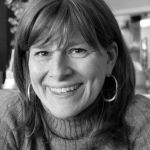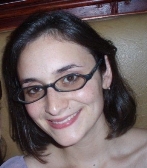
Ms. Angela A. Adams
Collaboration Improves Local Arts Agency's Public Art Program
Posted by May 16, 2012

Ms. Angela A. Adams
Arlington County's public art program benefited greatly from our collaborative effort with Virginia Tech and Americans for the Arts mentioned in Dr. Elizabeth Morton's post from earlier this week.
Like many programs across the country, we are adjusting to the new normal of increased scrutiny of public spending as it relates to the arts. We are also adjusting to our recent relocation from the Department of Parks and Recreation to that of Arlington Economic Development and are just beginning to understand the difference in priorities between the two agencies and how these will impact our future work.
We are currently working on developing a white paper on the value of public art to Arlington through four lenses: community and social benefits; civic design and placemaking; economic; and aesthetic/experiential.
It is helpful that the field of economics has begun to look seriously at developing measurement tools for such intangible phenomena as human happiness or fulfillment as well as the intrinsic value of the arts, so there is an increasing body of literature to draw from here. The findings of the Virginia Tech students will similarly help us in making the case for how and why public art adds value to our community.
To summarize some of the more interesting (even surprising) findings of the four teams discussed in the previous post and their value to Arlington's public art program:
Read More




 Susan Soroko
Susan Soroko

 John Bryan
John Bryan








